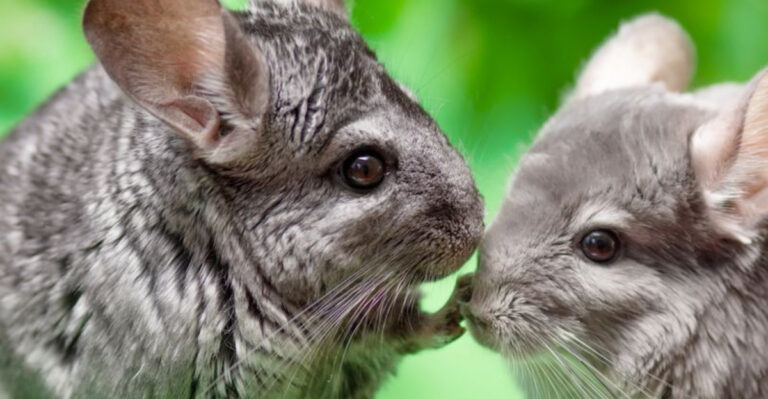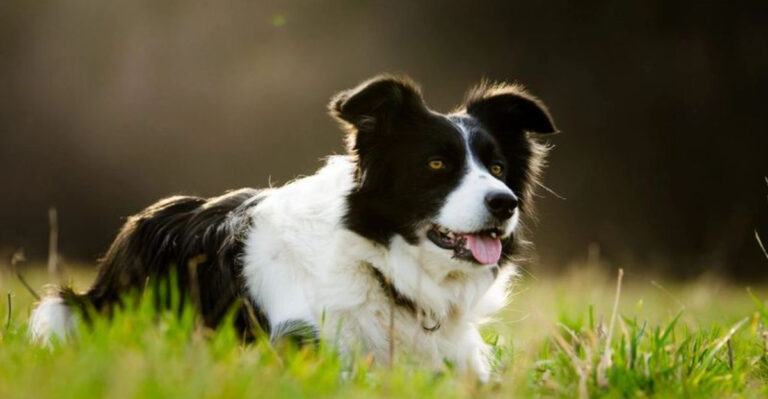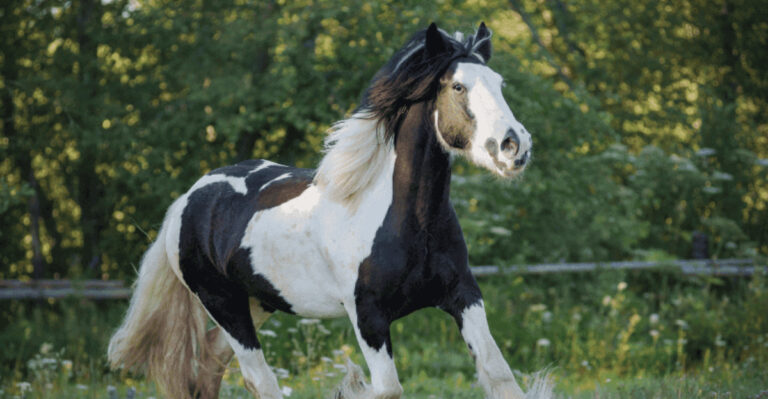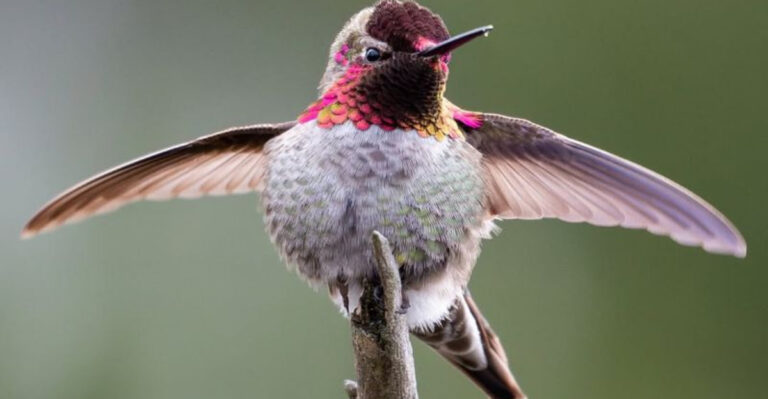Where Do Birds Sleep At Night?
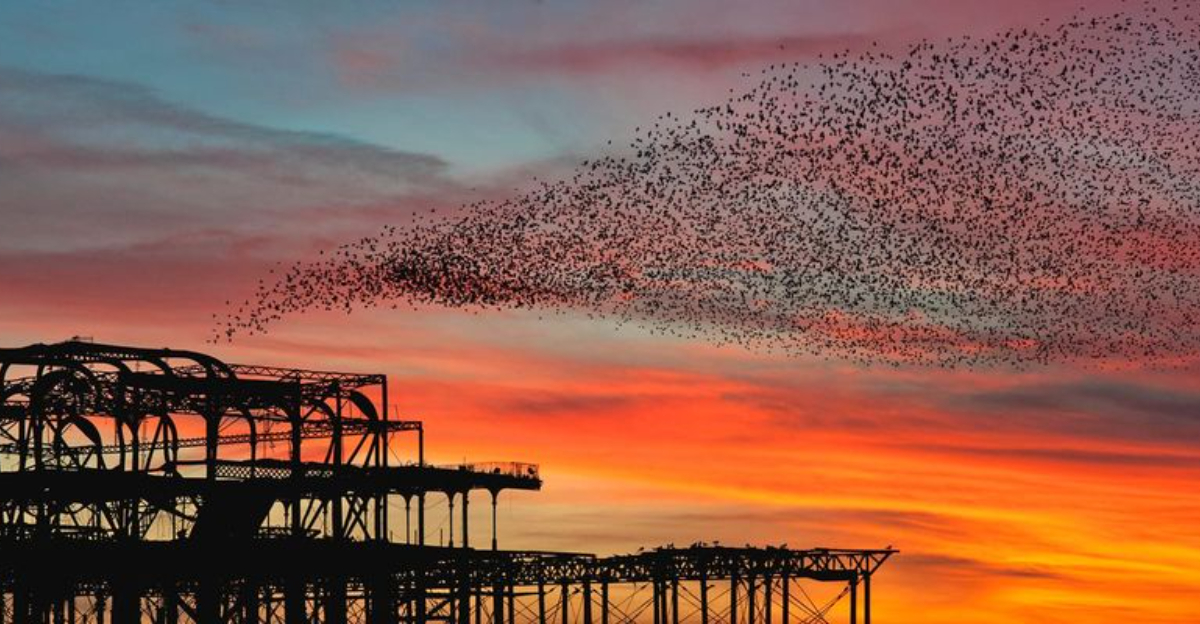
Ever wondered where our feathered friends disappear to when darkness falls? Birds have fascinating nighttime routines that vary wildly across species.
From cozy nests to surprising hideaways, their sleeping arrangements are clever adaptations for survival in a world full of nocturnal predators.
1. Tucked Away In Tree Cavities
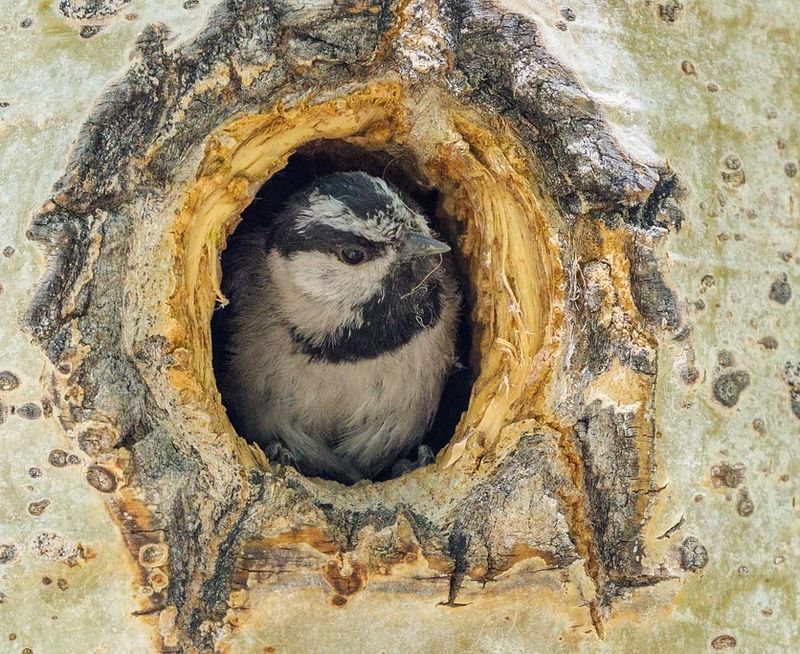
Woodpeckers, nuthatches, and chickadees often retire to tree hollows when night falls. These natural shelters shield them from harsh weather and hungry predators.
Some birds even excavate their own sleeping quarters, creating the perfect snug bedroom that’s just their size. Talk about a custom home!
2. Huddled In Overnight Roosts
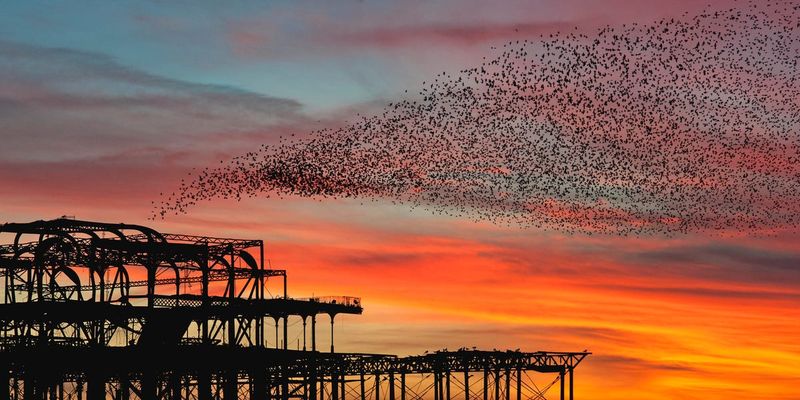
Safety in numbers! Many birds like starlings and crows gather in large communal roosts at night. These feathered slumber parties can include hundreds or thousands of birds all snoozing together.
The middle spots are prime real estate, offering extra warmth and protection from predators who typically attack from the edges.
3. Floating On Water
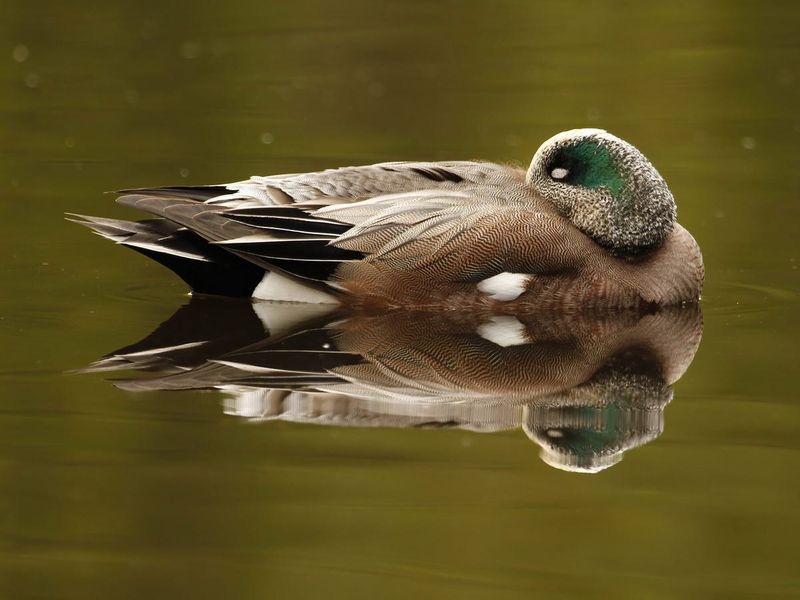
Ducks and other waterfowl often catch their Z’s while floating on lakes or ponds. Half their brain stays alert while the other half sleeps – a neat trick called unihemispheric sleep.
This remarkable adaptation lets them detect approaching danger even while resting. They’ll typically gather in groups, with outer birds keeping one eye open facing outward.
4. Snuggled In Nests Year-Round
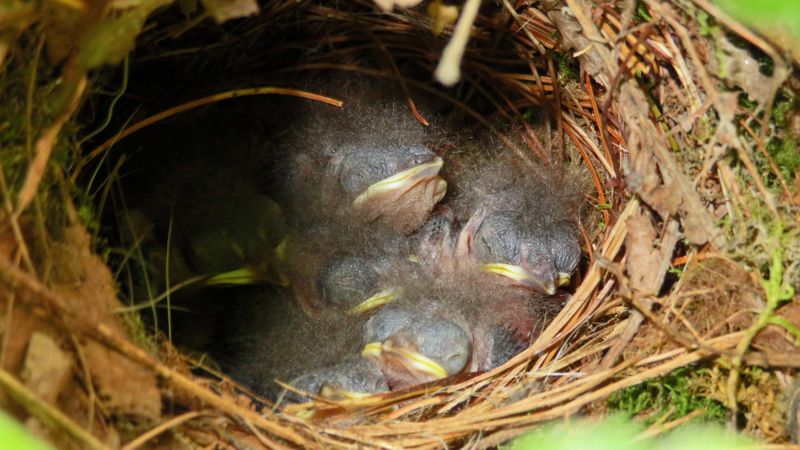
Contrary to popular belief, most adult birds don’t sleep in their nests except during breeding season. Nests are primarily baby nurseries, not adult bedrooms!
However, some species like wrens and swifts do use nests year-round as cozy nighttime retreats. These special birds build extra-comfy structures specifically designed for sleeping.
5. Perched On One Leg
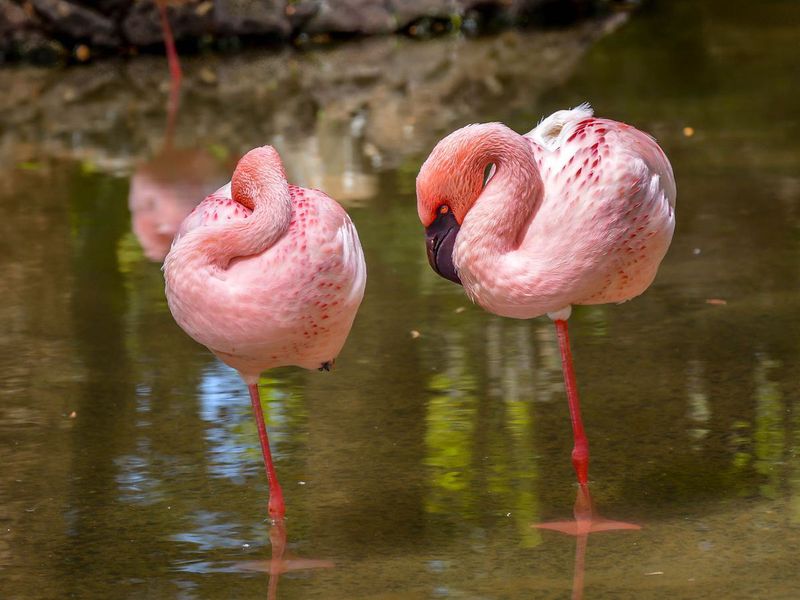
Flamingos and other long-legged birds often doze standing on a single leg. This peculiar posture actually conserves body heat and requires less energy than using both legs.
Their unique anatomy includes a special locking mechanism in their legs that maintains balance without active muscle use. Imagine sleeping standing up without falling over!
6. Hidden In Plain Sight
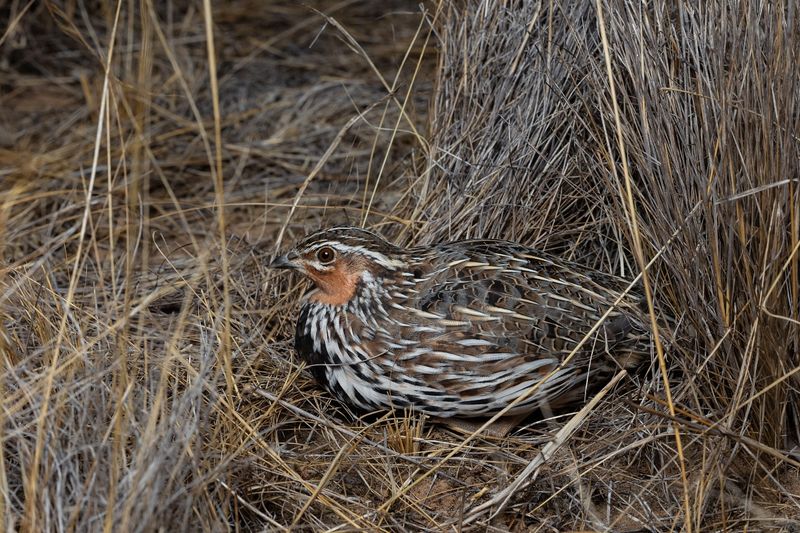
Ground-dwelling birds like quail and pheasants become masters of camouflage at bedtime. They settle directly on the forest floor, their mottled feathers blending perfectly with fallen leaves and soil.
These birds freeze completely still until morning, relying on their natural camouflage rather than shelter. Their earth-toned plumage becomes their invisible sleeping bag.
7. Hanging Upside Down
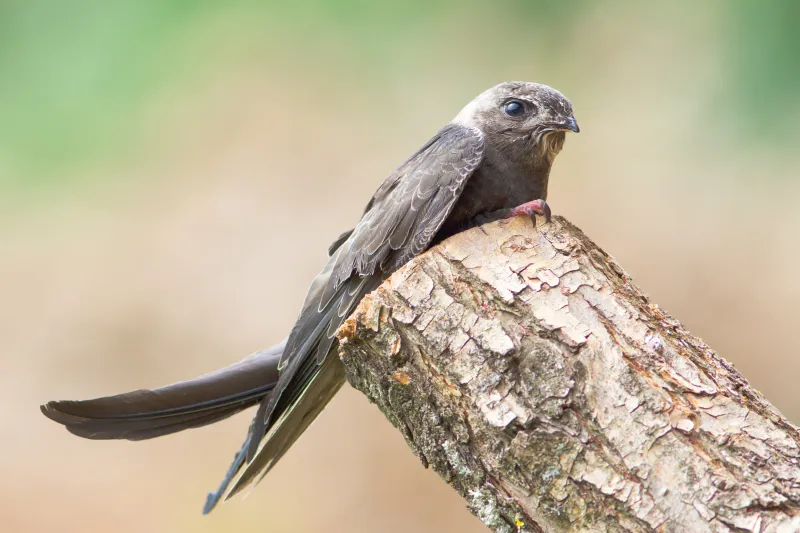
Swifts have perhaps the most unusual sleeping arrangement in the bird world. These aerial acrobats can sleep while flying, but when they do land, some species actually hang upside down like tiny feathered bats!
Their strong claws lock onto branches, allowing them to dangle securely without falling. No pillow needed for these quirky sleepers!
8. Burrowed Underground
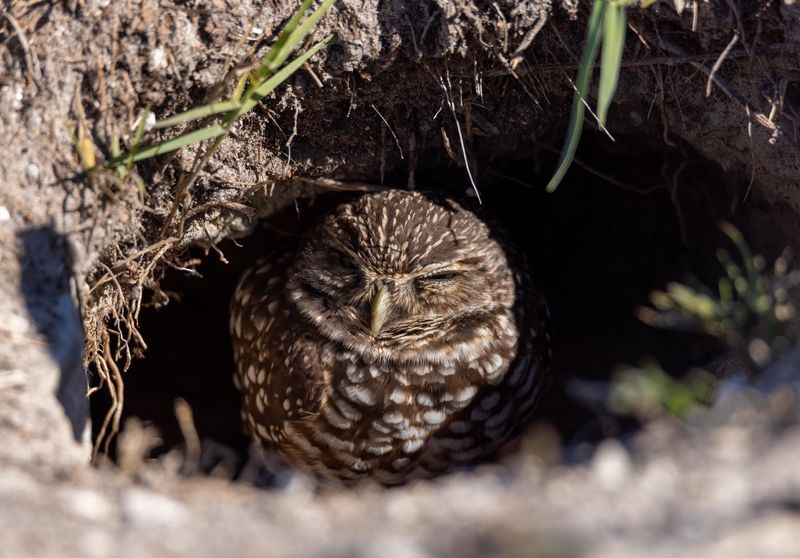
Burrowing owls and some seabirds like puffins and petrels dig underground tunnels for nighttime rest. These subterranean bedrooms offer excellent protection from weather extremes and predators alike.
Some burrows extend several feet deep and may include multiple chambers. These underground apartments stay at stable temperatures year-round, making them cozy retreats in any season.
9. Snoozing In Swamps
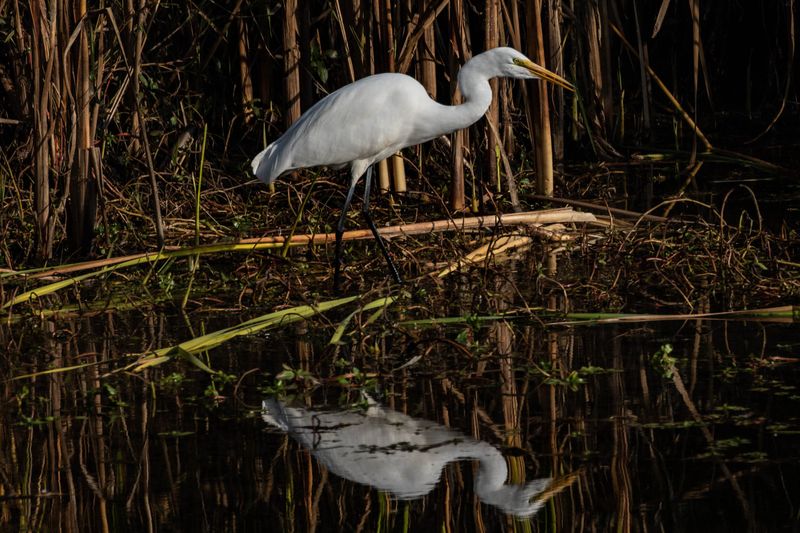
Herons and egrets often select sleeping spots in marshy areas, perching on branches above water. This strategic location creates a natural alarm system – any predator approaching will disturb the water below.
The resulting ripples alert the birds to danger instantly. These clever waders essentially set up liquid tripwires around their sleeping quarters!
10. Tucked Into Thick Foliage
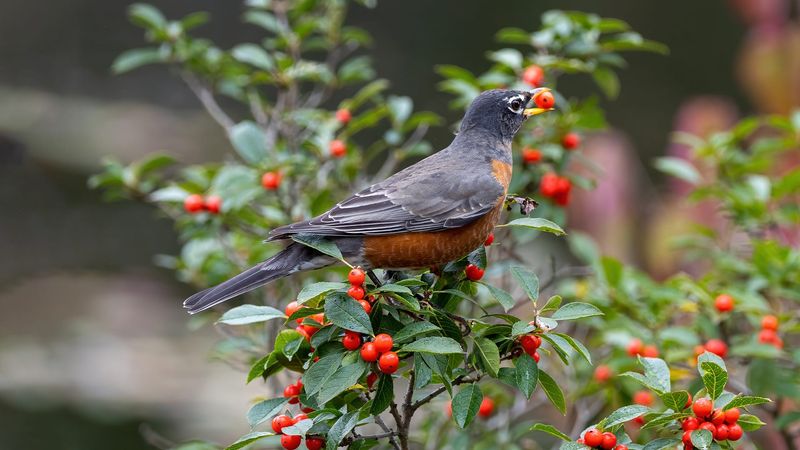
Songbirds like cardinals and finches frequently disappear into dense evergreen trees or thick shrubs at nightfall. The tangled branches create a fortress against owls and other night hunters.
These birds push deep into the thickest parts where predators can’t easily follow. Their sleeping spots often look like tiny green caves formed by overlapping leaves and branches.
11. Power-Napping On The Wing
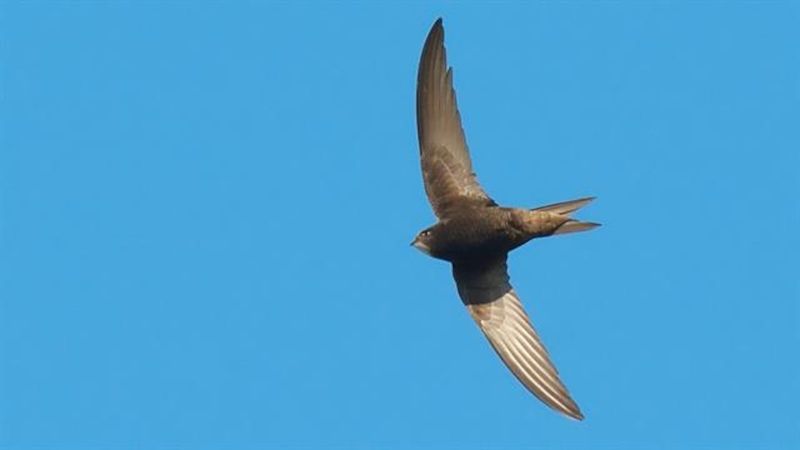
Alpine swifts can stay airborne for up to ten months without landing! These marathon fliers catch micro-naps while gliding, sleeping for seconds at a time with half their brain.
Frigatebirds also sleep during flight, catching about 40 minutes of shut-eye daily while soaring over oceans. Their aerial slumber happens in 10-second bursts, adding up to thousands of tiny naps.
12. Cozy In Urban Hideaways
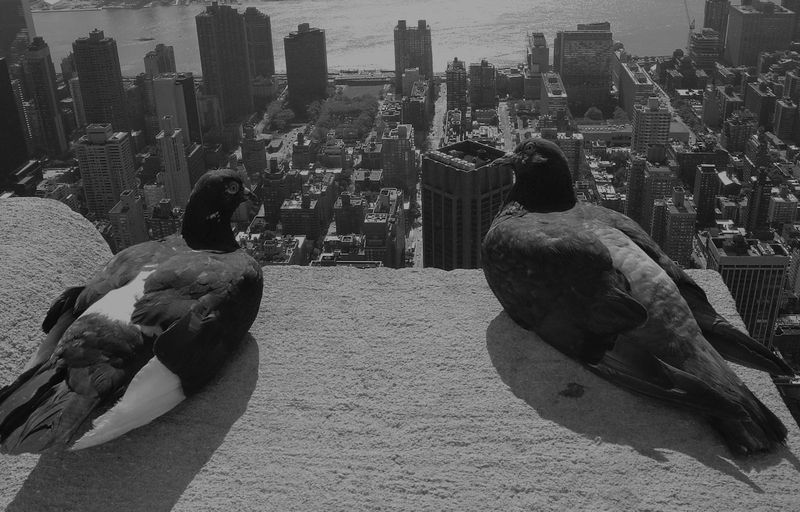
City birds have adapted to sleep in some surprising urban spots. Pigeons and sparrows tuck themselves into building ledges, signs, and architectural nooks that mimic cliff faces and caves.
These clever adaptors use our structures as vertical habitats. Traffic noise doesn’t bother them – they’ve evolved to sleep through the urban soundtrack just like we do!
13. Hugging The Trunk
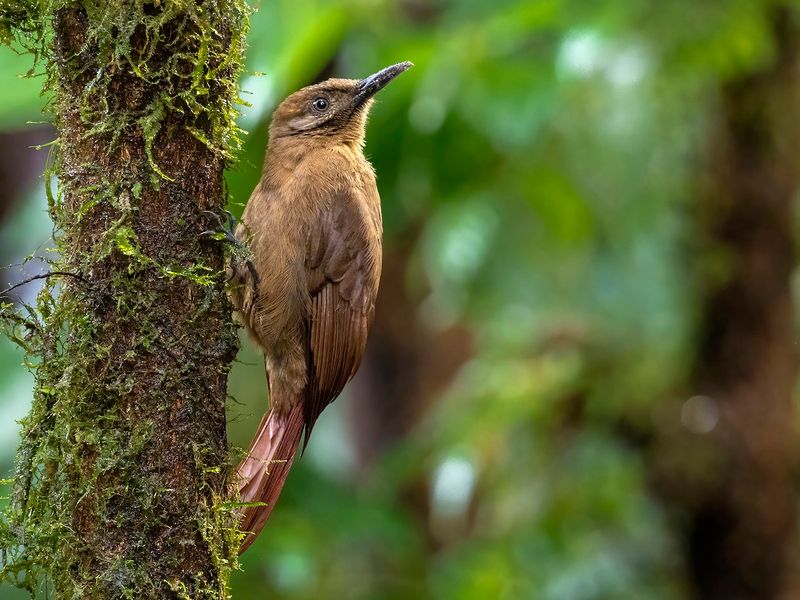
Woodcreepers and nuthatches have a unique sleeping posture – they cling vertically to tree trunks, appearing to hug the bark all night long. Their strong feet and stiff tail feathers create a secure three-point stance.
This vertical resting position keeps them hidden from most predators who aren’t looking for birds sleeping upright like tiny feathered rock climbers!

